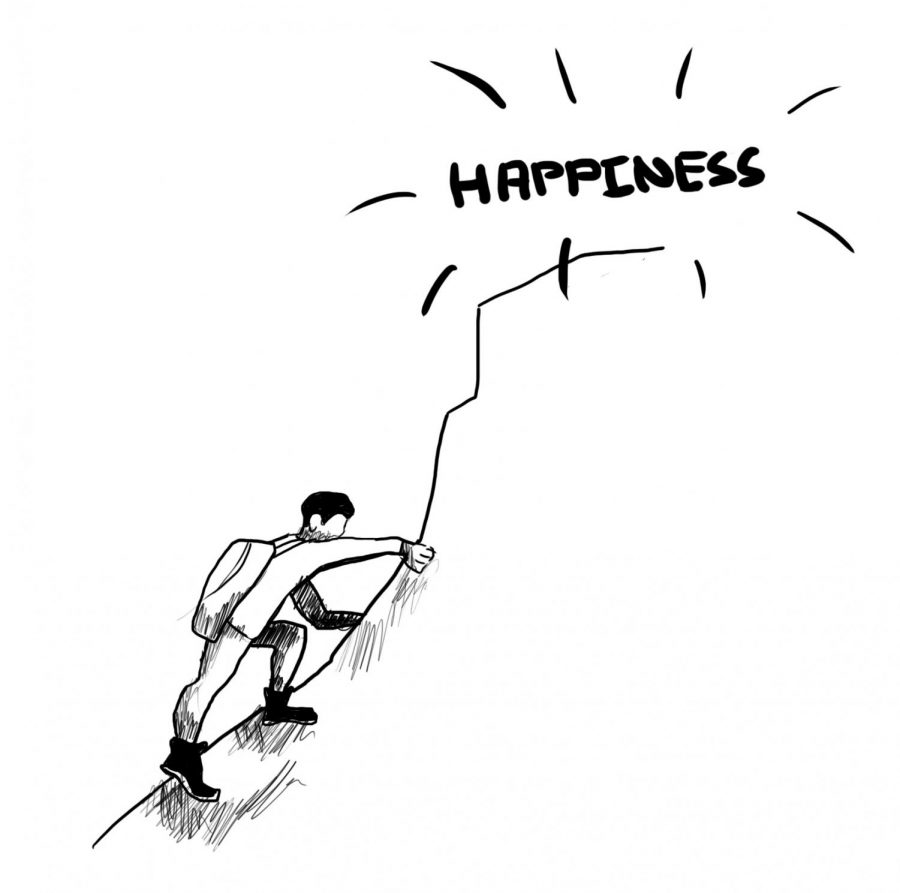It’s not uncommon to find unflattering statistics about our nation’s educational achievements; while countries like Finland and China are getting ahead in math and science, our average SAT reading scores have dropped to a record low, and high school dropout rates teeter around 50 percent in many of our major cities. It’s quite the stark contrast to a few decades ago, when the United States was at the pinnacle of achievement in math and sciences and the most powerful industrialized country in the world: and it should prompt us to ask what has gone wrong since our country’s golden age of education.
While we are spending about double what we used to on public education, according to The Wilson Quarterly, since as far back as the ’70s there has been little to no improvement in our average standardized test scores. There has yet to be any definitive evidence that the more money we put into education, the greater the student achievement. The problem is that instead of trying to innovate, we’re throwing money into what systems we have at the time, regardless of whether they’ve been proven to be the best options.
One solution to both our underachievement and our overspending is investment in technology, specifically computers and teaching software. These have the potential to streamline our whole educational system and also to improve the way students are taught, particularly in math and science courses. Schools could convert certain classrooms into computer labs and hire private software companies to develop educational programs with the capabilities of teaching, examining progress and making adjustments to both pace and teaching style. Every student’s education would be personalized and customizable. Teachers would no longer have to undergo the process of lecturing to students with different skills and learning styles; by having the software do the bulk of the work, they could focus their energies on individual students, functioning as tutors and helping students to remedy their individual weaknesses.
The beauty of having personalized educational programs is that students would no longer need to be forced to sit around school for a given amount of time. The slower students would have an educational program specialized for their own learning styles as well as teachers/tutors available for extra support; the exceptional students, in complete control of their learning pace, could rip through a course at breakneck speed. This way, eligibility to graduate wouldn’t have to be based on credit hours; it could be based on achievement. Once the educational program has deemed that a student has grasped a subject, the student could just move on to something else independently of his or her peers, whether it’s another course or higher education.
The way students are taught now is the same way they’ve been taught for hundreds of years. School districts need to take advantage of the technology available today. It would make the whole system more efficient, and it could potentially keep the recession measures from negatively affecting quality of education: Companies are already charging us billions for textbooks and technology is only getting cheaper.











